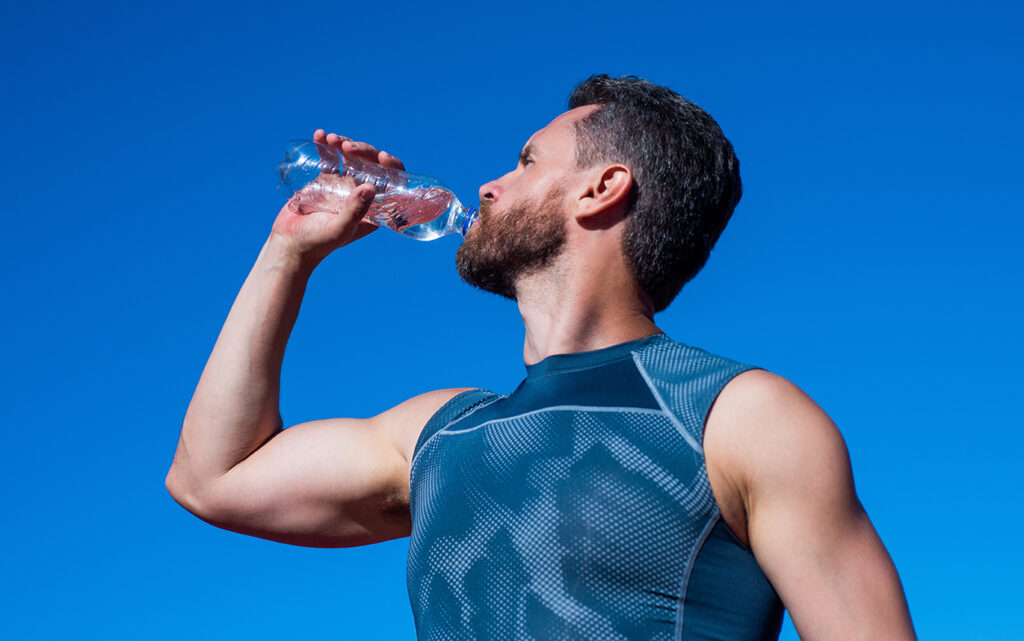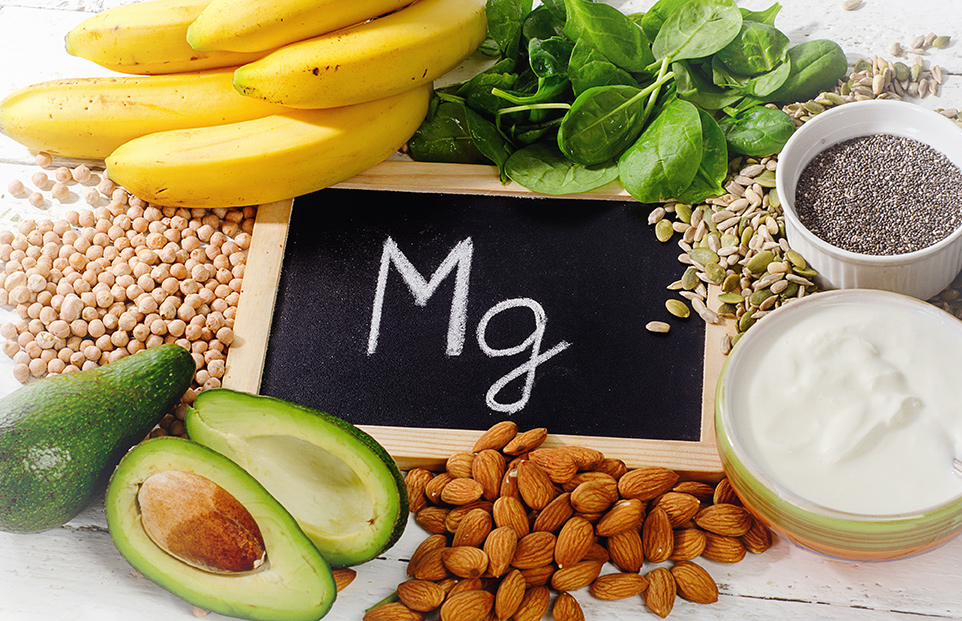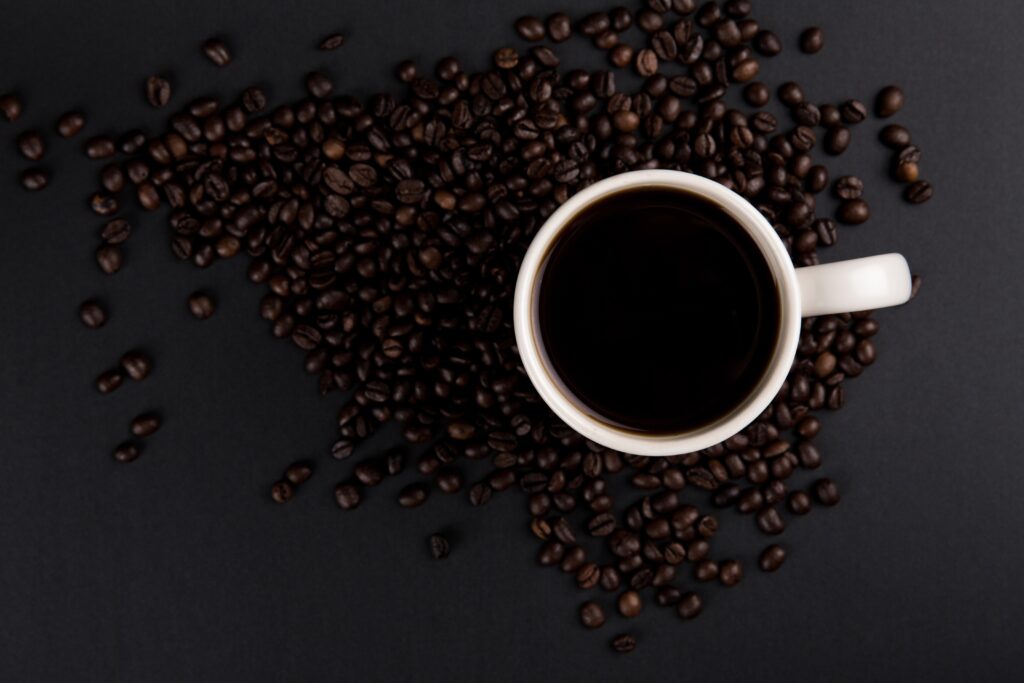
Endurance races such as full-distance triathlon events are designed to push the athletes’ body to a limit. A day that consists of a full (24 mile) marathon, 125-mile bike ride and 2.3 miles of a swim, takes a toll on the human body. We are simply not, by evolution, designed to do this, even occasionally.
Training for such as day requires extensive preparation for months and almost a complete change in the athlete’s mind, body, soul and physiology. There’s a lot of debate and talk about do’s and don’ts for athletes and because everybody is different (from a training and a physique perspective), an athlete is expected to respond differently to a stressor such as triathlon. How to hydrate or stay well hydrated during an endurance race or a marathon is the biggest challenge during an endurance race. Below, are some general principles that are expected to work for most athletes.
Hydration leading up to the race counts, not just the day of it
One of the common mistakes we see athletes make, is that they focus too much on the race but not the days before it. This is a problem. A body cannot perform well on the day of the event if it has starved itself from good hydration and electrolytes for weeks prior.
Dehydration is expected during a race- how to rehydrate and that too quickly, is the real key to success. To do this right, it must be a ritual and done right daily. Habituate or “prime” your body for performance. A body that is conditioned for performance and gets nourished effectively is likely to face the stressor (or triathlon event) much more meaningfully.
Replace your lost electrolytes through isotonic electrolyte drinks
Electrolytes are vital for functioning of the human body, particularly for athletes. Dehydration leading to fluid and electrolyte losses negatively affect performance. Rehydrating effectively includes replacement of water AND electrolytes.
For hydration to work for you, replacing electrolytes with the right proportion of salts is vital. Consider a magnesium rich electrolyte mix such as MAGNAK® to replace sodium, potassium and magnesium—three electrolytes that are depleted with endurance activity. A proper electrolyte mix allows your muscles to perform better without dehydration or cramps.
Incorporate a good amount of magnesium in your nutrition
One of the vital electrolytes that is gaining increasing importance in exercise performance is magnesium. Less than half of Americans eat a diet that meets the recommended daily intake of magnesium (about 400 mg for males and 350 mg for females). Athletes need a higher amount of magnesium in their diet.
Food processing and nutrient depleted soils have contributed partly, to a chronic subclinical magnesium deficiency in adults that manifests as sleeplessness, fatigue, muscle cramps and soreness. Athletes feel these effects even more due to a higher requirement of this mineral.

Magnesium is found in leafy vegetables, nuts (peanuts, almonds, walnuts), bran (as cereal), certain meats, eggs and chocolate. Athletes should focus on incorporating a meal plan that allows consumption of these foods on a daily basis. A few electrolyte (sports) drinks such as MAGNAK® are rich in magnesium and can support endurance training while reducing the incidence of muscle cramps.
Don’t forget the salt (sodium)
With all the talk around sodium (mostly bad press), athletes are naturally somewhat confused about the appropriate amount of sodium consumption. An average American diet typically has about 4-5 grams of sodium per day. An average of 3-4 grams/day of sodium intake, for a healthy adult is not a problem.
Sodium consumption is important for endurance athletes. Sweat glands present in the skin mainly lose water and sodium in the form of sweat and those who lose a significant amount of sodium (heavy sweaters) can feel dehydrated, chronically tired and fatigued after their work outs. Some athletes experience muscle cramps from sodium deficiency. Consumption of salt helps increase their energy levels particularly among the “heavy sweaters”. This is another reason why sodium was one of the first electrolytes that was added to water when sports drinks were being formulated.
Avoid drinking plain water during the race
One of the common problems that athletes run into during the race (about 20% of endurance athletes) is hyponatremia, or low sodium level in the blood, which at times can be dangerous. The reason, in majority of these cases, is consumption of excessive amount of hypotonic solution such as water.
A loss of sodium in the sweat leads to a release of vasopressin (anti-diuretic hormone) which conserves water through the kidneys. If water is consumed but sodium is not, the excessive water retention can dilute the sodium down in the blood leading to hyponatremia.
For this reason, consuming an electrolyte-rich isotonic drink is vital for endurance athletes. This can maintain blood sodium levels within normal range while providing for optimal hydration.
MAGNAK® Endurance Mix is similarly formulated with the appropriate proportions of sodium, potassium and magnesium, to prevent this electrolyte imbalance during exercise feats.
Leave the caffeine crush behind
Caffeine is a stimulant and while some studies have not found much evidence that caffeine (from coffee intake) is truly harmful for cardiovascular system, there are two main issues to consider for athletes:

1. Caffeine has a weak diuretic effect; it stimulates urine output. If caffeinated drink is one of the main beverage an athlete is drinking, chances are he will be in a negative fluid balance from the get-go.
2. Caffeine has shown to accelerate heart rate- an attribute that is opposite to what magnesium does. Excessive caffeine intake was linked to cardiac rhythm abnormalities in some studies.
Caffeine may cause a sudden stimulation allowing for that instant energy, but usually is associated with a sudden crash afterwards. That combined with its diuretic and tachycardic effects, it is best to be avoided, particularly on the day when the body is planned to be pushed beyond limits.
Let your thirst guide you
As simple as this sounds, athletes often get this one wrong. To prevent dehydration, athletes tend to overhydrate initially, that too with hypotonic drinks such as water. This is not only unnecessary but can also lead to hyponatremia.
Let your thirst drive your intake. A safer practice would be to drink 8-10 fl. oz of an isotonic drink before starting the race but then letting your thirst (and body) dictate the rest. Of course, waiting until you get dehydrated is not the smart thing to do. Hydrating every 15-30 minutes with 8 fl. oz can work during a marathon as long as the drink is rich in electrolytes.
Most importantly, take notes, make a plan, use the above principles as guidelines but map out your own plan!
